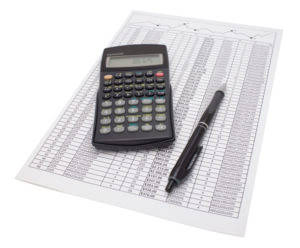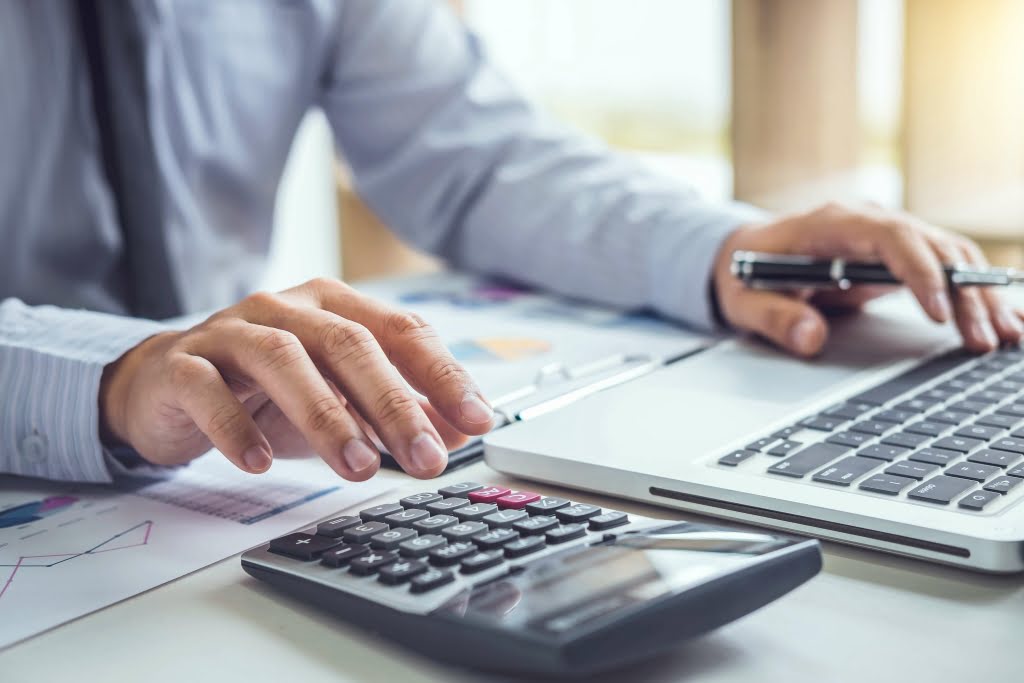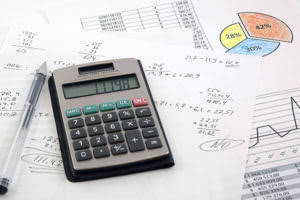
When you’re done reconciling your transactions, add up the cleared charges on your checkbook register or spending tracker. To monitor your checking account even more closely, you can find out about transactions as they occur. Set up text alerts on https://www.instagram.com/bookstime_inc your bank account to know when big electronic withdrawals hit your account. Balancing a checking account is a financial task that should be performed regularly to track your spending, monitor your account, and ensure that your money is actually there when you need it.
Create a Free Account and Ask Any Financial Question
- If you no longer receive paper statements, log on to your online banking system and print out the current statement.
- Many, or all, of the products featured on this page are from our advertising partners who compensate us when you take certain actions on our website or click to take an action on their website.
- Yes, even if you don’t write checks, balancing your checkbook is still essential.
- Update it with every transaction you make, save all receipts so that you can periodically compare your check register and bank statement.
- Do you want to know exactly how much you have available to spend from your bank account?
Balancing your checking account helps you see how much you’re truly paying to use the account, which may encourage you to change to an account with fewer fees. Before computers became commonplace, reconciling a checkbook required manual tracking and calculation, but today, banking apps and budgeting software can do all the work — and much more quickly. This will help cement your new habit, and it’ll be easier to balance your checkbook, too, since you won’t have as many transactions to go over.
6 Balancing off accounts and preparing a trial balance

If the double entry has been carried out, the total of the debit balances should always equal the total of the credit balances. Furthermore, a trial balance forms the basis for the preparation of the main financial statements, the balance sheet and the profit and loss account. Review your bank statement for any additional charges or deposits that you might have missed. Then, add up all the deposits, and subtract all the payments and withdrawals to calculate your checking account balance. It’s useful for paying bills, depositing paychecks, sending money, and making purchases using a linked debit card. If you’re one of them, it’s important to understand how to balance a checkbook to keep track of debit and credit transactions.
Compare Your Check Register to Your Statement
Aim to balance your account at least once a how to balance an account month, or more frequently if you have a lot of transactions. Regular reviews will help you catch any errors or unauthorized transactions early, keeping your finances in check. Understanding account balances is crucial for maintaining financial health, making informed decisions about spending, saving, and investing, and tracking progress towards financial goals. Monitoring account balances can help identify unauthorized transactions, such as fraud or identity theft. By reviewing your account activity regularly, you can quickly detect and report suspicious transactions to your financial institution, minimizing potential losses. Regularly reviewing investment account balances helps assess progress towards financial goals and enables informed decision-making regarding investment strategies.

If you still can’t find the problem with your checkbook being imbalanced, contact your bank for further assistance reconciling your checkbook. Perhaps there’s a discrepancy in a pending transaction or a hold on your account that you’re unaware of that’s preventing you from having a balanced checkbook. This can happen due to a math error, a transposed number, an unrecorded transaction, or possibly a misapplied debit or credit. Make note of the dates, descriptions, and amounts of any deposits showing in your check register but not on your statement. To successfully balance your checking account, you need to understand the basic components of it. By understanding these terms, you’ll be better equipped to manage and https://www.bookstime.com/ reconcile your checking account.
- For the past 52 years, Harold Averkamp (CPA, MBA) hasworked as an accounting supervisor, manager, consultant, university instructor, and innovator in teaching accounting online.
- If your bank or credit union offers online banking, you can see an up-to-date list of your transactions online.
- Bank deposit accounts, such as checking and savings, may be subject to approval.
- Keep in mind that pending transactions that have not cleared when your bank statement is sent won’t appear.
- Checkbooks come with registry books that allow you to record when money leaves or enters the account.
- It serves as a check to ensure that for every transaction, a debit recorded in one ledger account has been matched with a credit in another.
- If they do not, then your account is unbalanced and you have money that is unaccounted for.
- Tracking account activity can give insight into spending habits and create a feeling of control over your finances.
- The computer and bank loan accounts have single entries on one side, like the furniture account, so they need to be treated in the same way.
- Reconciling your checking account means cross-checking all of the transactions in your own records with those of the bank to ensure they match.
- Put a checkmark next to all matching transactions in your check register and bank statement.
- Such an aggregator will do the tracking and recording for you, so all you’ll have to do is check it regularly and compare it to your banking information to make sure everything balances.
Offers that appear on this site are from third-party advertisers from which Credit Karma typically receives compensation. Except for mortgage loan offers, this compensation is one of several factors that may impact how and where offers appear on Credit Karma (including, for example, the order in which they appear). Double-check that none of these common errors happened before you contact your bank.


However, there are a couple of downsides to using a daily check-in as an alternative to checkbook balancing. For one, if you still use paper checks, this method does not account for them. You may overdraw your account if there is an outstanding check that you forget about. In addition, it is harder to find banking errors if you do not keep your own records, since you will be working from the bank’s numbers at all times. Some people wait until the monthly statement comes from the bank before they balance their checkbook. But if you log in to your bank at least once a week, you’ll give yourself way less chance of letting any transactions slip past you (which helps you avoid those overdraft fees we mentioned earlier!).
